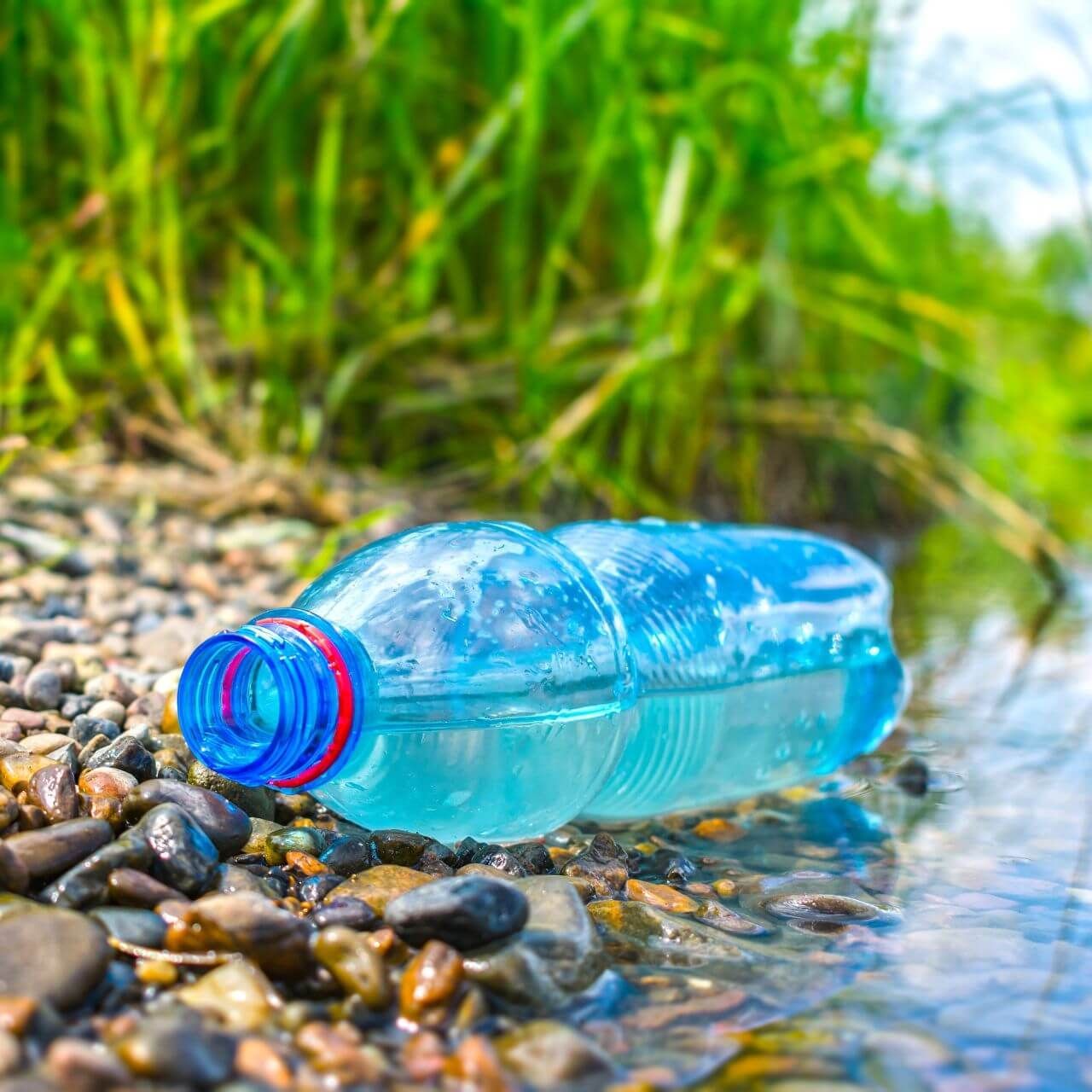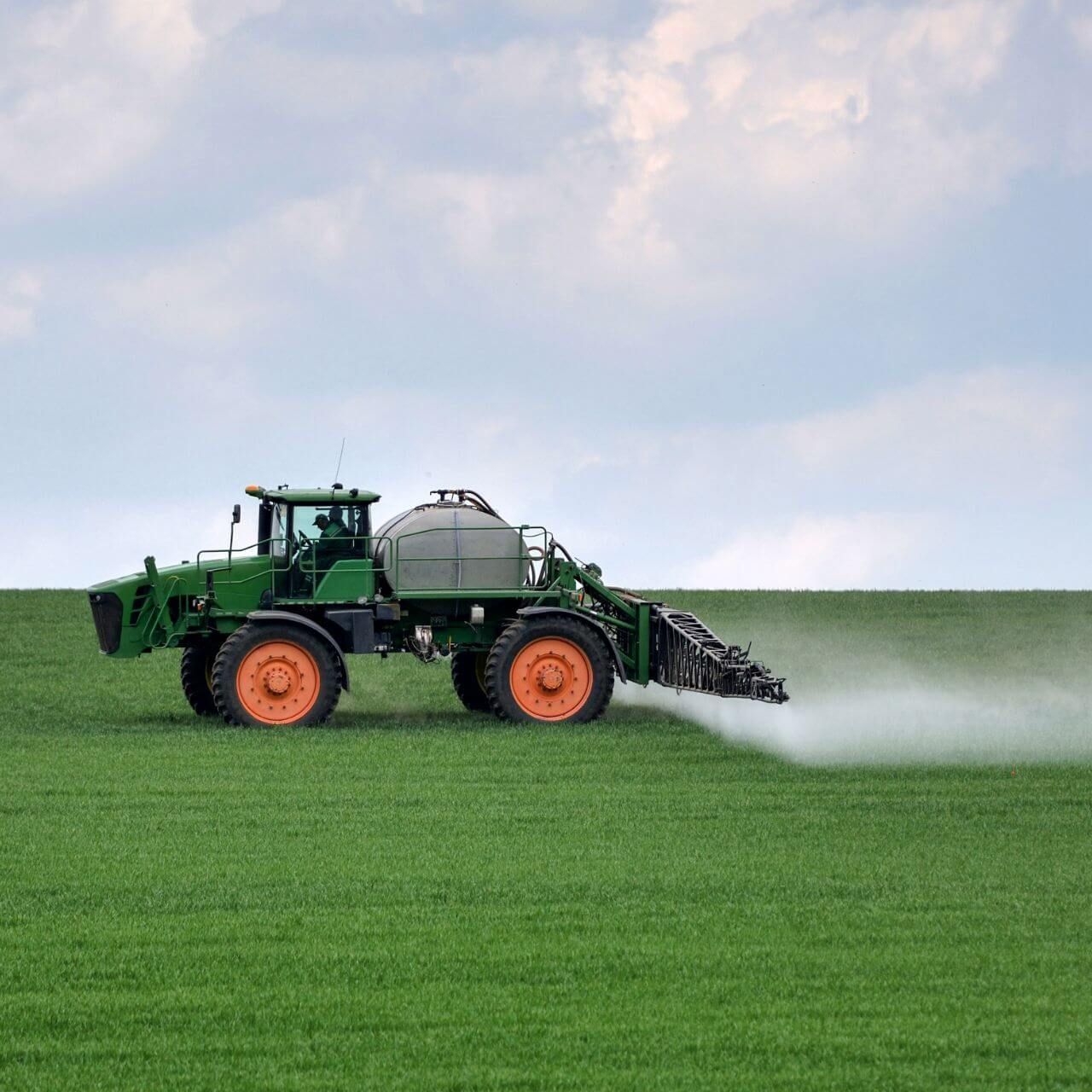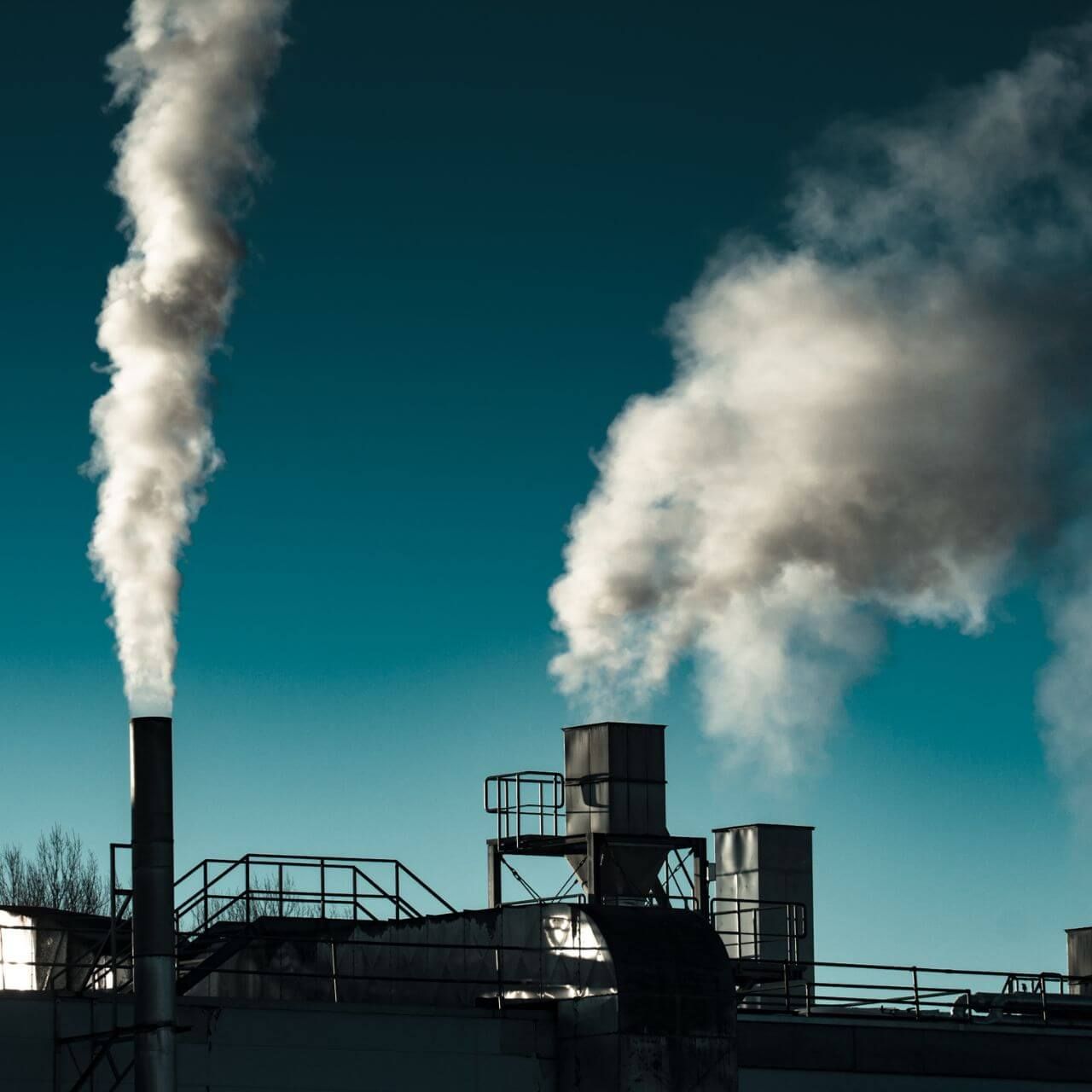Pollution

What Is Pollution?
Word of the Week
Pesticide
Pesticides are chemicals used to kill or keep away animals that may damage crops. In other words, they keep away 'pests.'
Pesticides can seep into the environment after big rainstorms and cause problems in nature.
Types of Pollution

Plastic
Plastic is a non-natural material that never breaks down, Plastic pollution occurs when plastic ends up in the environment. Plastic pollution occurs on land and in water. It includes things like bottles, bags, fishing gear, and many other items we use in our daily lives.

Chemical
Chemical pollution occurs when non-natural chemicals get into the environment. Chemical pollution happens frequently around farms that use fertilizer to help plants grow or pesticides to protect crops from harmful bugs. These chemicals seep into the ground or runoff into nearby water sources.

Air
Air pollution occurs when harmful gases, called greenhouse gases, enter the atmosphere. Greenhouse gases, like carbon dioxide and methane enter the atmosphere in many ways, like when we burn fossil fuels to produce energy. Livestock, like cows, also produce greenhouse gases in their… well, gas.
Species Spotlight
Eastern Newt
Notophthalmus viridescens
Eastern newts are small amphibians that live in or near lakes, ponds, and streams in the eastern United States. Like most amphibians, they go through changes during metamorphosis. First, as tadpoles, they live in water and use gills to breathe. Then, they turn orange-red, lose their gills, grow lungs, and move onto land as they become juveniles. Eventually, they become adults and go back to water, but they don't regrow gills.
Adult eastern newts breathe air with their lungs, even though they live in water. They can breathe by taking air from the surface or absorbing oxygen through their skin! Yes, eastern newts, like many amphibians, can breathe through their skin. But they can also absorb chemicals and toxins from the water, making it tough for them to live in polluted or unhealthy environments.
Eastern newts are special because they are indicator species. Indicator species are like signs that tell us about an ecosystem's health. If eastern newts are around, the ecosystem is probably healthy. If not, there's a chance the ecosystem may not be healthy.
Eastern newts face threats like losing their homes and pollution. Scientists use their presence or absence to figure out which ecosystems need protection!
This video describes the "red eft," which is the juvenile stage of the eastern salamander.
Conservation Corner
The 2010 BP Oil Spill
Turning on our lights and TVs require energy. This energy is often created by burning fossil fuels, including oil.
Oil is found trapped beneath Earth’s surface, even beneath the ocean floor. To collect the oil, we drill down into the Earth and suction it out. In the ocean, floating platforms hold drills that can reach the ocean floor more than 10,000 ft below. In 2010, one of these oil platforms experienced a disaster – an explosion that caused more than 200 million gallons of oil to spill into the ocean.
The BP Oil Spill (also known as the Deepwater Horizon Oil Spill) is the largest oil spill in history. Nearly 6 months passed before they were able to stop oil from spilling into the Gulf of Mexico. Oil spread far and wide damaging beaches, coastal wetlands, and nearly every type of ocean habitat for hundreds of miles.
The oil threatened thousands of species of fish, mammals, crustaceans, seabirds, and more. The thick, gooey oil coated birds’ feathers, making it impossible for them to fly. The chemicals in the oil made the water toxic and removed important oxygen.
To clean up the oil spill, scientists used skimmers to collect oil, substances to absorb oil, and chemicals to help the oil break down. Thousands of animals were collected and treated and some even found permanent homes at zoos and aquariums.
Today, scientists still find pollution from the oil spill along the Gulf coast. To make sure oil spills like this don’t happen again, new laws and regulations were put in place. The best way to avoid polluting nature while creating energy is to use renewable energy, like solar and wind power!
BRAIN BLAST
Renewable resources can be used to make energy without creating air pollution. Make a list of all the renewable resources you know! Then, visit our Renewable Vs. Nonrenewable Resources Adventure to learn more.
Pollution Pioneers
Organize each item below as plastic, chemical, or air pollution.
Pollution Challenge
Get out in nature to explore (and clean up!) pollution in your local environment!
Beginner
Download the packet below.
Follow the instructions to explore a local nature area and pick up trash to help reduce pollution in your native habitats!
Optional: Complete worksheet #2.
Glossary
Air Pollution
Occurs when harmful gases, such as greenhouse gases, enter the atmosphere
Climate Change
A change in global weather patterns as a result of greenhouse gases in the atmosphere.
Chemical Pollution
Occurs when non-natural chemicals enter the natural environment.
Environmental Threat
Something that has a negative impact on plants, animals, and the natural world.
Fertilizer
A substance used on farms and in gardens to help plants grow.
Greenhouse Gases
A gas produced by burning nonrenewable resources that traps heat near the Earth's surface. Carbon dioxide, methane, nitrous oxide, and fluorinated gases are all greenhouse gases.
Livestock
Farm animals that are used to benefit humans (cows, pigs, goats, etc.).
Microplastics
Small pieces of plastic.
Organic Food
Food grown without the use of chemical fertilizers or pesticides.
Pesticide
A substance used to kill small animals that feed on or damage crops.
Plastic
A durable, chemically-produced material used to make many products including bottles and bags.
Plastic Pollution
Occurs when plastic enters the natural environment.
Pollution
Toxins or other harmful substances that have entered the environment and are harming the natural world.
Runoff
Occurs when water builds up on land and washing into lower areas or waterways.
Sign Up for our Newsletter
Stay up to date with new adventures, live classes, deals, and more!

Helpful Resources
*Please note we do not offer refunds for EdZOOcating Adventures memberships. We recommend you explore the 3-day free trial prior to subscribing!*




